TechRadar Verdict
Shop around online and get the fabric version of the Humanscale Freedom at a good price, and you won’t regret it – we certainly didn’t. This is a superb office chair which is really well-built, and most importantly, very comfortable to sit in for long periods of time. It automatically adjusts to your body position, adjusting in response to your weight. It offers a plethora of customization options, allowing the chair to range dramatically in price and enabling the creation of one-of-a-kind pieces. However, this chair is unique in both its feel and design, and takes some getting used to. It's the Tesla of the ergonomic chair market.
Pros
- +
Great balance of comfort and support
- +
Nifty self-adjusting backrest
- +
Excellent build quality
- +
15-year warranty
Cons
- -
Slight niggles with headrest and armrests
- -
Leather version gets very pricey
Why you can trust TechRadar
The Humanscale Freedom is not your average chair. It's not just another ergonomic chair. It's designed by ergonomics pioneer Niels Diffrient to remove complexity. Diffrient removed levers, knobs, dials, switches, and other controllers and created a chair that adjusts to your body naturally, along with any movement you make.
I have tested many of the best office chairs and have yet to find one like this. It feels like a different class of luxury, like moving from a budget car to a luxury vehicle. The Humanscale Freedom is luxurious, iconic, ergonomically excellent, and wildly expensive.
Humanscale Freedom: Price and availability
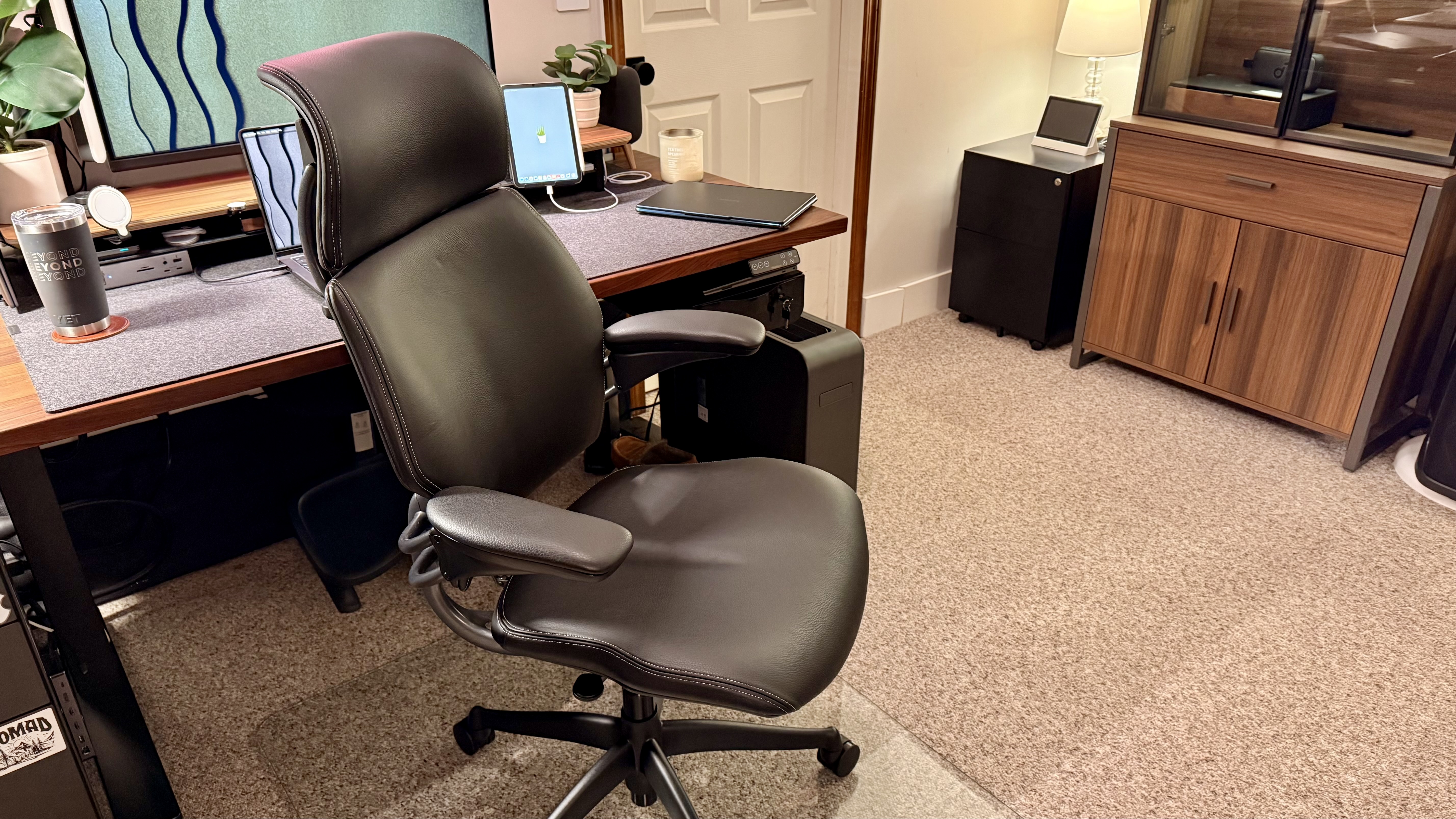
The Humanscale Freedom Headrest that I have here can be customized to stay just under the $2,000 mark at $1,997.00, on sale now for $1,605.00. However, if customized to the max, this chair could cost nearly $6,000. My build included the standard task chair, the advanced duron arms with textile, graphite frame color, the Corvara Chrome-Free Leather in Onyx with Vanilla Stitching, a standard foam seat pan, the tall cylinder 5", standard hard casters, fireproofing, and the standard matching base. Due to the leather, this took a longer time to create, especially since it was custom all around, but once I got it delivered, I was floored. It's an art piece, it's exquisite. It's unlike anything else that I have or will ever have in the future. Depending on your material choice, this kind of chair could take beyond 8 weeks for delivery, but if you choose the right materials, you could get this down to two weeks.
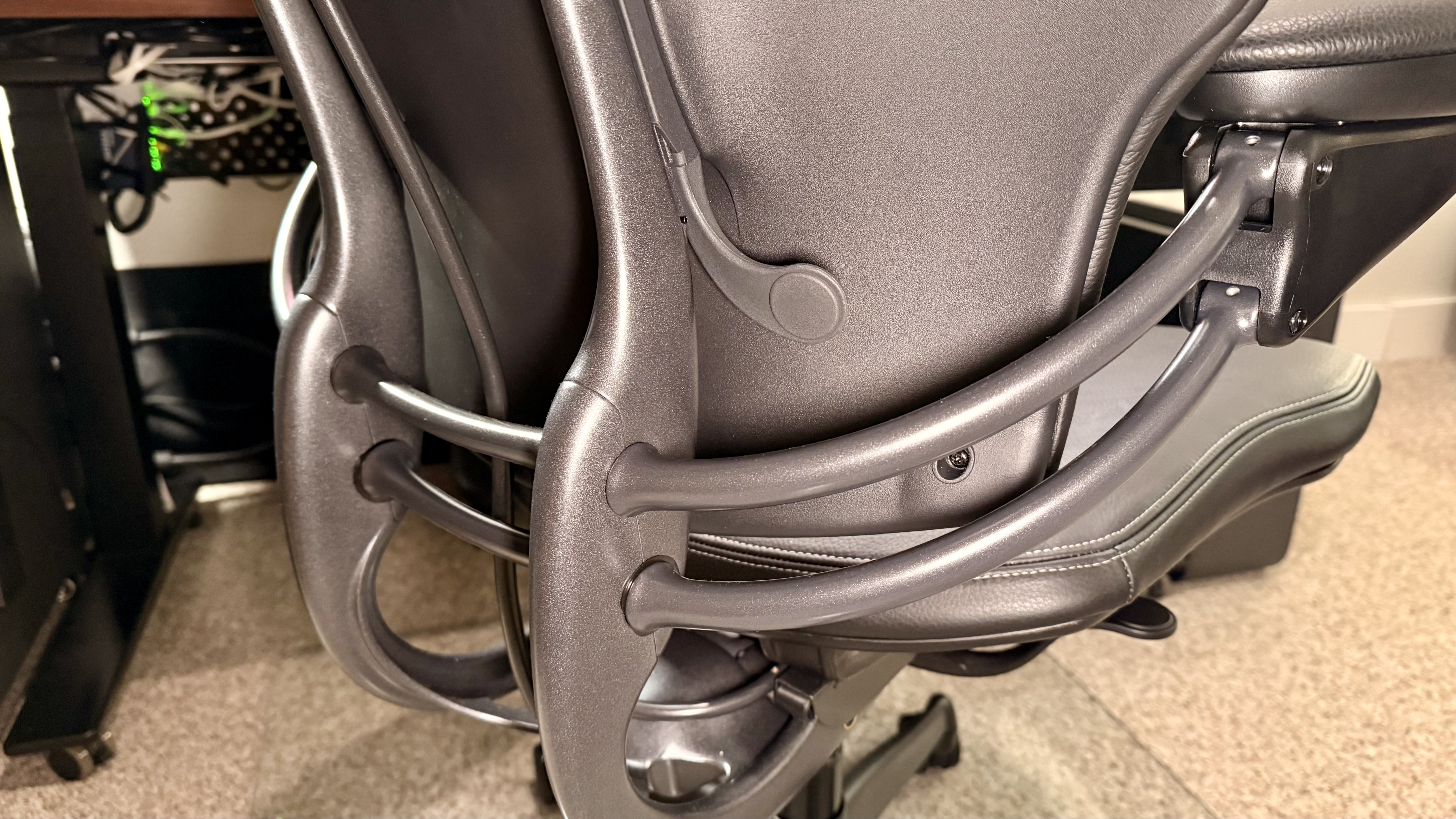
Humanscale Freedom: Unboxing and First Impressions
Once I waited my eight weeks to get this chair, I was eager to use it. Thankfully, unboxing was unbelievably easy. I opened the box, added the chair to the base, cut a few ties holding the moving pieces together, and I was good to go.
Right off the bat, I knew this chair would stand out among all of the chairs that I have tested. This one is unlike anything else I have tried. It looks unique, functions uniquely, and is made with the most genuine and premium materials I have experienced. This chair feels like that classic car that someone has in their collection, or the luxury furniture that is meant for looking, not touching, and for sure not sitting on, except it's very much made to sit on, and then uniquely conforms to your body. This piece isn't just a chair, it's art you can experience.
Humanscale Freedom: Design & Build Quality
Height range: Fits 5'0"–6'4", 100–300 lbs
Recline: Weight-sensitive, self-locking recline at 20°
Arms: Moves with the back, no knob or button adjustment
Headrest model: +5-inch adjustment
Warranty: 15 years
Weight: ~43–49lbs depending on model
At the end of the day, this can be described as an ergonomic chair. However, when you start to look at functionality, features, materials, and design language, you see that this chair was re-imagined from that basis on. This is an ergonomic chair, yes, but unlike almost all other ergonomic chairs, this one does not have dials and knobs and tension controls -- no, it moves with your body, as your body does. Its contoured cushions roll backward as you do, leaning with you, while supporting you. The armrests move with the backrest, staying in a helpful position even when reclined. Additionally, with my leather materials, I can be assured that not only is this piece made with luxury materials, but I'm also covered by a warranty, knowing that this chair will last for well over a decade and beyond.
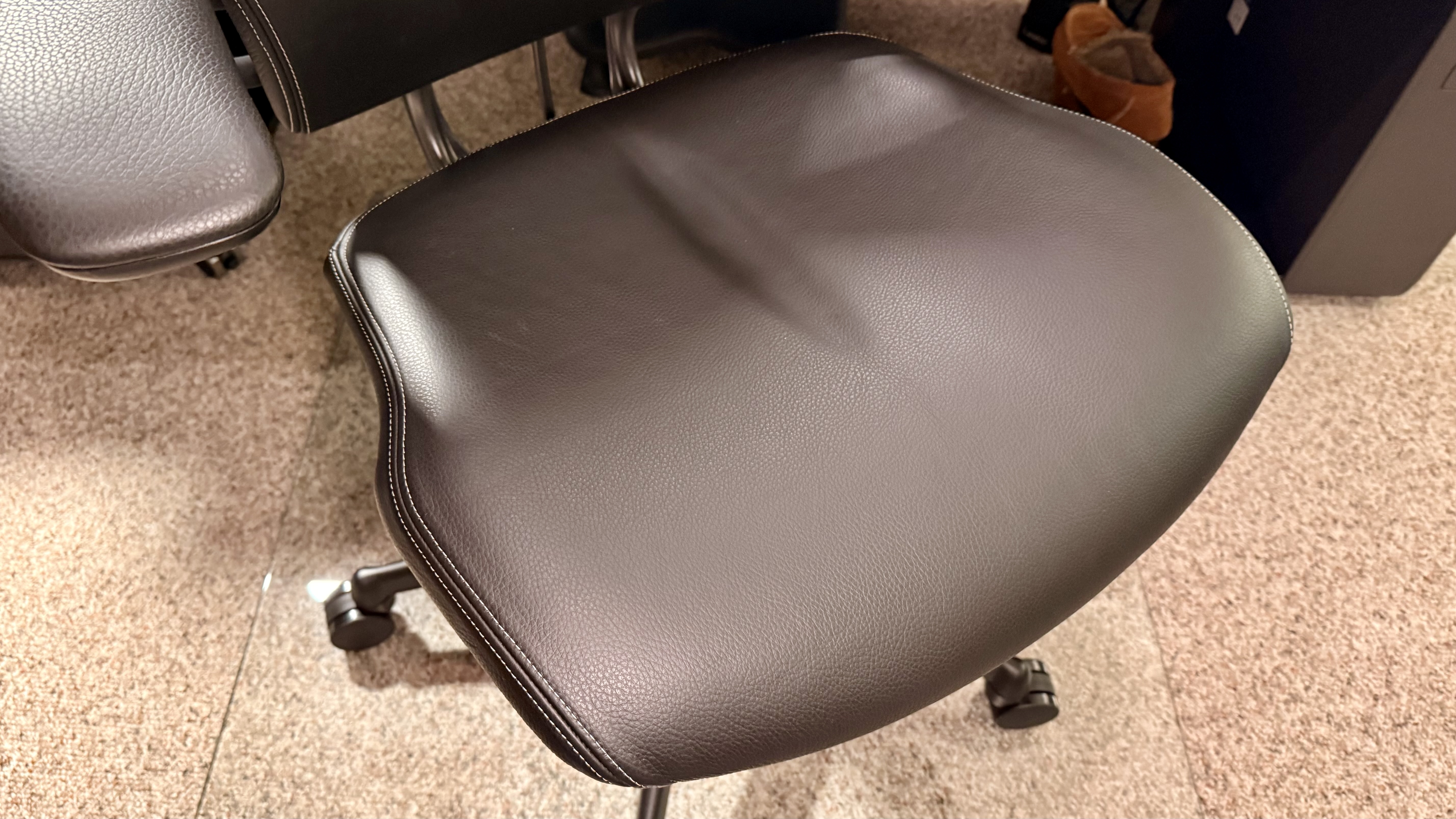
Humanscale Freedom: In use

Visually, I love this chair. It's gorgeous. It's a statement piece I hope to always have in my home office from now on. Sitting in it, though, does take a moment to get used to. I've gotten so familiar with the functionality of so many chair companies that the lack of functionality is as shocking as a new Tesla owner getting into their vehicle for the first time. The change from a gas and brake pedal operating as it does in a standard vehicle, the familiarity with a key, or at minimum a key fob, and the need to shift, start the car, and more being stripped away in the push for minimalism and seamless usability is much reflected in the push from other chairs to the Humanscale Freedom. It's the Tesla of the ergonomic chair market. Instead of shifting into gear, adjusting the settings with knobs, or feeling like you need to press buttons to begin your experience with this chair, you can sit down without thinking, and the chair handles the adjusting. It's that easy.
Sign up to the TechRadar Pro newsletter to get all the top news, opinion, features and guidance your business needs to succeed!

Comfort-wise, it takes a minute to get used to, I won't deny that. But once you get used to it, I've really enjoyed the chair overall. I've had this chair in my rotation for a month now, and I still love it just as much. The weight-sensitive recline feels natural, the lumbar support is excellent, but my headrest feels a tad loose, which may be because I extend it to maximum due to my height. Much like in a Tesla, once you trust the design and intentionality of the vessel, the experience improves. And that is precisely what I have found to be the case with the Humanscale Freedom.
Humanscale Freedom: Final verdict
The Humanscale Freedom is not the chair for most people. I would rarely recommend this chair to the average Joe or to a mass purchaser. But, once you know that this level of customization, this quality level, this comfort level, and this ease of use exist, you'll wish you could have it. If you want to have the ease of not having to adjust every dial precisely to your needs or else the chair won't work right, if you want to be able to customize a chair, if you want to have premium materials and you are okay with the premium price, then this chair would be very hard to beat if you tried.
Should you buy a Humanscale Freedom?
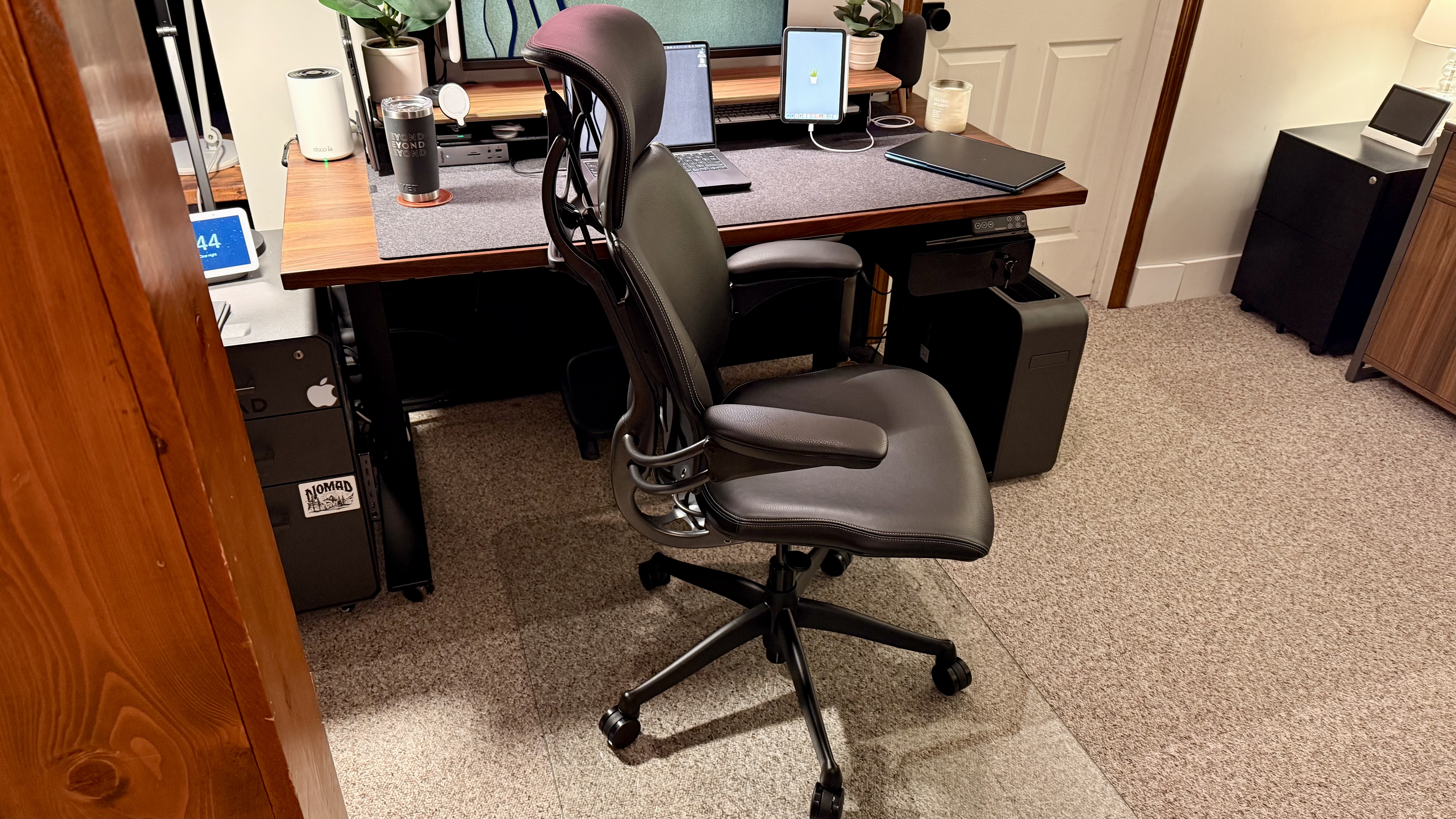
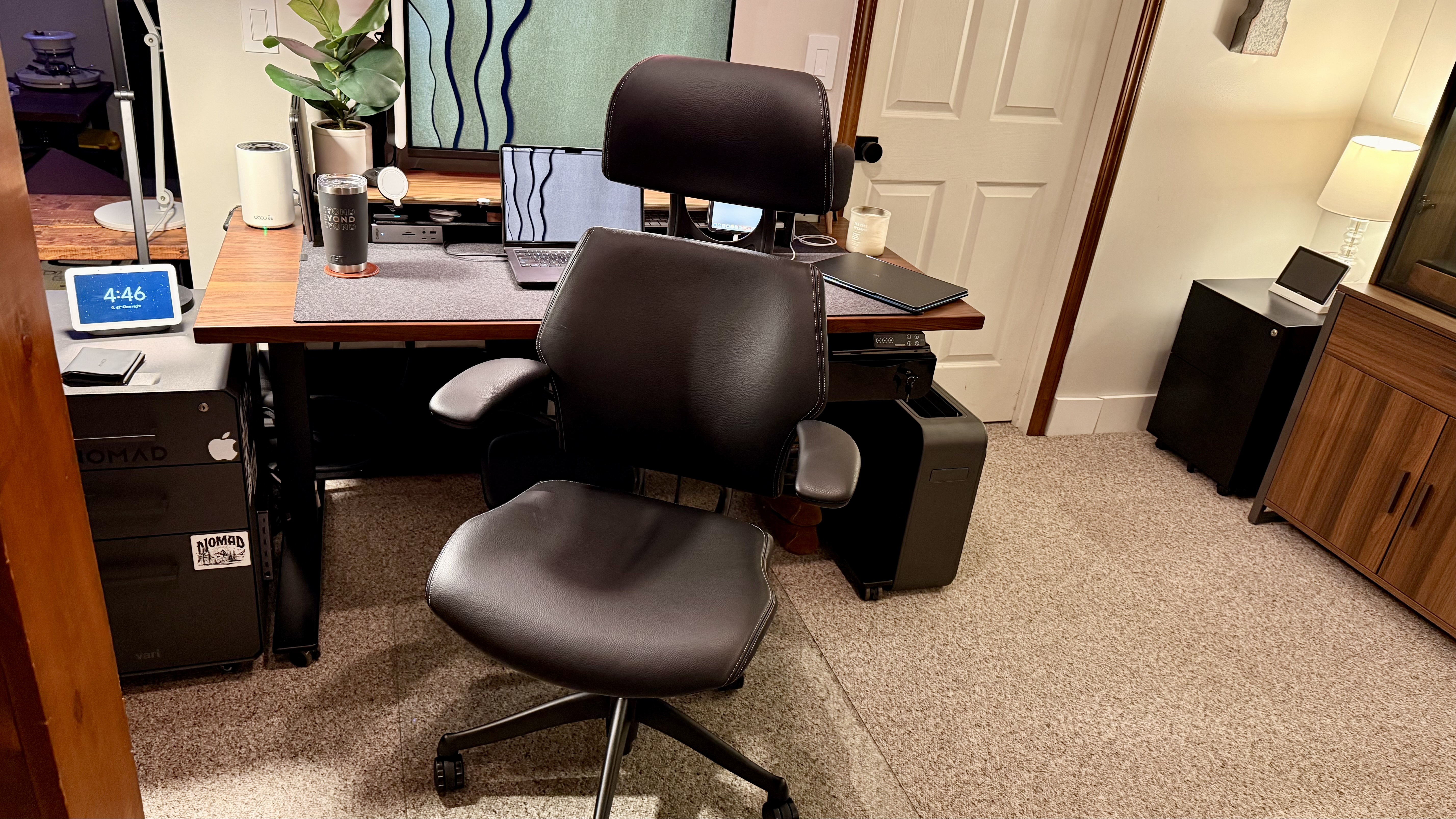



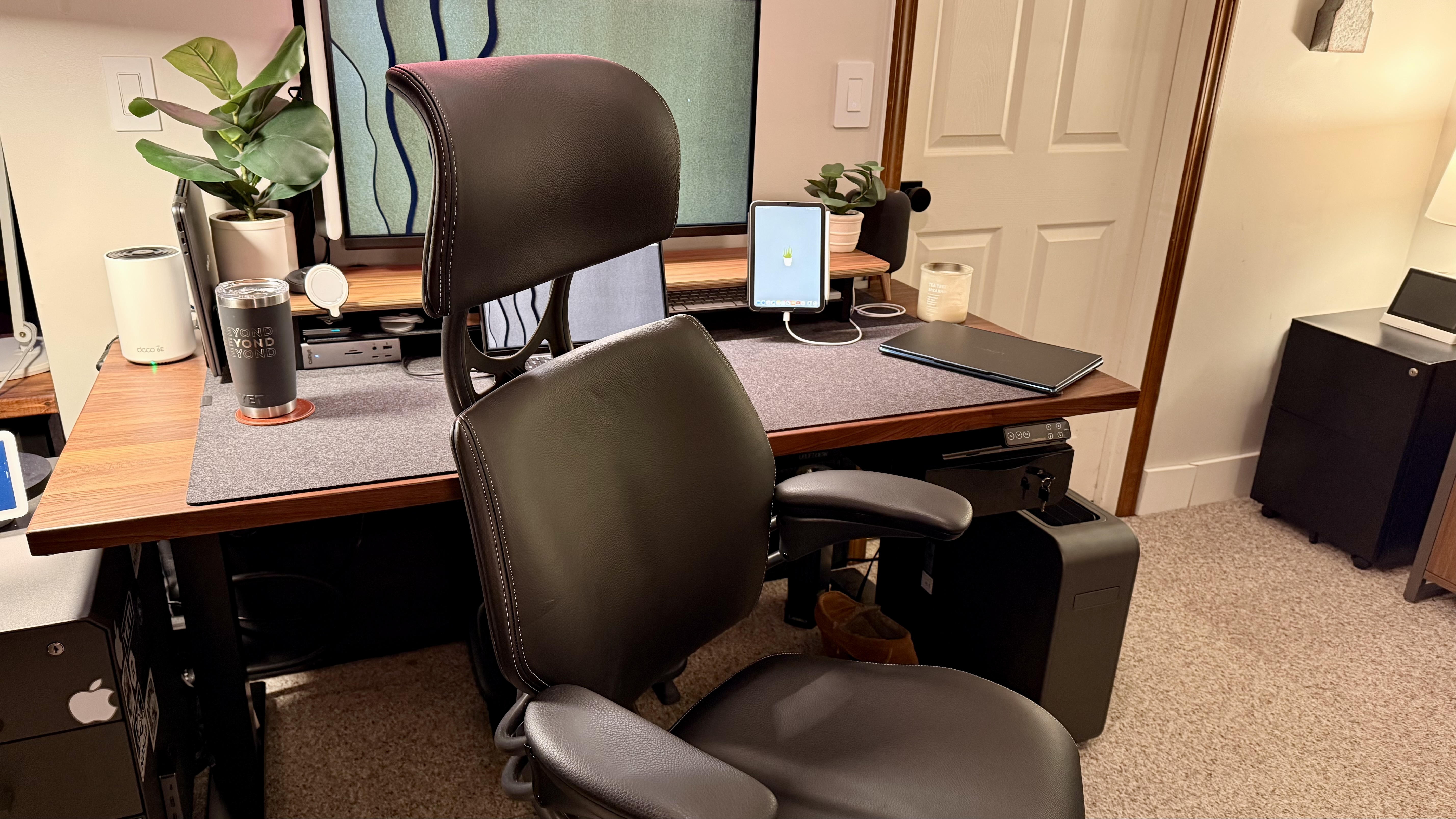





Value | Luxury pricing for a luxury item, but solid long term option if you want something that will last | 3.5 / 5 |
Design | Iconic look that feels more like art than a chair | 5 / 5 |
Hardware | Unique adjustments, and futuristic feel when making changes to how you sit | 4.5 / 5 |
Performance | Excellent support once you learn how it works and get used to it | 4 / 5 |
Overall | Ergonomically wonderful, while also doubling as a featured art piece. This piece is wonderful if your budget is equally accommodating. | 4.5 / 5 |
Buy it if...
You want a beautiful, aesthetic, fabulous chair
The Humanscale Freedom won't just blend in with other chairs, it's unique looking and feeling, made with quality materials
You want a chair that will last
With a massive warranty and genuine leather, minimal moving parts and quality engineering, this chair is sure to last longer than cheap chairs with poor materials.
Don't buy it if...
You like having controls to adjust
While the adjustments are mostly still there, the controls, dials, knobs and switches to maneuver your chair around are not.
You have a budget
If money is going to play a factor in your chair choice, this one probably won't make the cut, unless your "Budget" is very high, or if the chiar is the most important part to your renovation
Former TechRadar Pro B2B Hardware Editor, Collin has been in journalism for years, with experience in small and large markets, including Gearadical, DailyBeast, FutureNet, and more.
You must confirm your public display name before commenting
Please logout and then login again, you will then be prompted to enter your display name.
